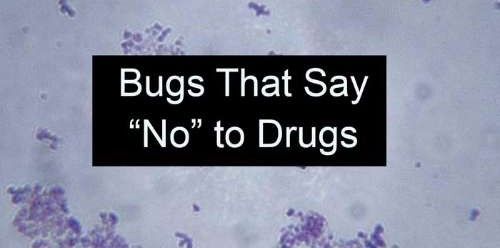What is MRSA and why is it a growing problem?
MRSA infections have generated extensive public concern as the problem of antimicrobial resistance continues to grow. MRSA or Methicillin-resistant staphyloccus aureus, is a complex bacterial infection that is resistant to many antibiotics. Infections with MRSA often begin as a simple skin sore and progress to something that is very harmful. The staphylococcus aureus bacterium is commonly found in the nose and skin. In fact, it is estimated that as many as 1/3 of the population is known to be colonized with staph without having a known infection.
Bacteria can enter the body through cuts or damaged skin leading to an infection that can often be life threatening. MRSA is spread from person to person through skin contact and from object to person when someone has an active case of MRSA. Staph aureus has been found to survive for more than 6-7 weeks on various materials and surfaces. Infections are often differentiated into two types: community acquired and healthcare acquired.
Symptoms of MRSA often arise from a small bump or an irritated area of skin. As infection develops and progresses, the area can become inflamed, painful, hot to the touch, and accompanied by a fever. As MRSA gets into the bloodstream further serious symptoms including dizziness, chills, confusion, swelling, chest pain, cough, difficulty breathing, and headaches may develop.
In the last few weeks, a well documented case of MRSA in a professional athlete has been widely reported in the media. New York Giants tight end, Daniel Fells, was diagnosed with MRSA several weeks ago after suffering an ankle injury. Since then, he has undergone six surgeries as antibiotic regimens have failed to improve his condition. Amputation of his foot was being considered.
Fells case is not the only one in professional sports. In fact, this has become a growing problem in sports such as football, baseball and MMA fighting. Statistics show that these trends are also increasing at the high school and collegiate levels as well.
In regards to risk factors, there are 5 “Cs” that are known to make it easier for MRSA to be transmitted:
- Crowding
- Contact – Skin to Skin Contact
- Compromised Skin – Open wounds
- Contaminated – Objects and surfaces
- Cleanliness – Lack of
Treatment of MRSA infections is highly dependent on the type of infection, location, severity of overall symptoms, and whether the specific strain of MRSA responds to antibiotics.
Preventative measures include keeping your hands clean by proper hand washing with soap and water. All skin cuts and open wounds should be kept covered with a bandage. Avoid sharing clothing, linens, and other personal items.
References:
Methicillin-resistant Staphylococcus aureus (MRSA) Infections, CDC. Updated 20 May 2014.
http://espn.go.com/new-york/nfl/story/_/id/13892490/new-york-giants-te-daniel-fells-sixth-surgery-fight-mrsa










